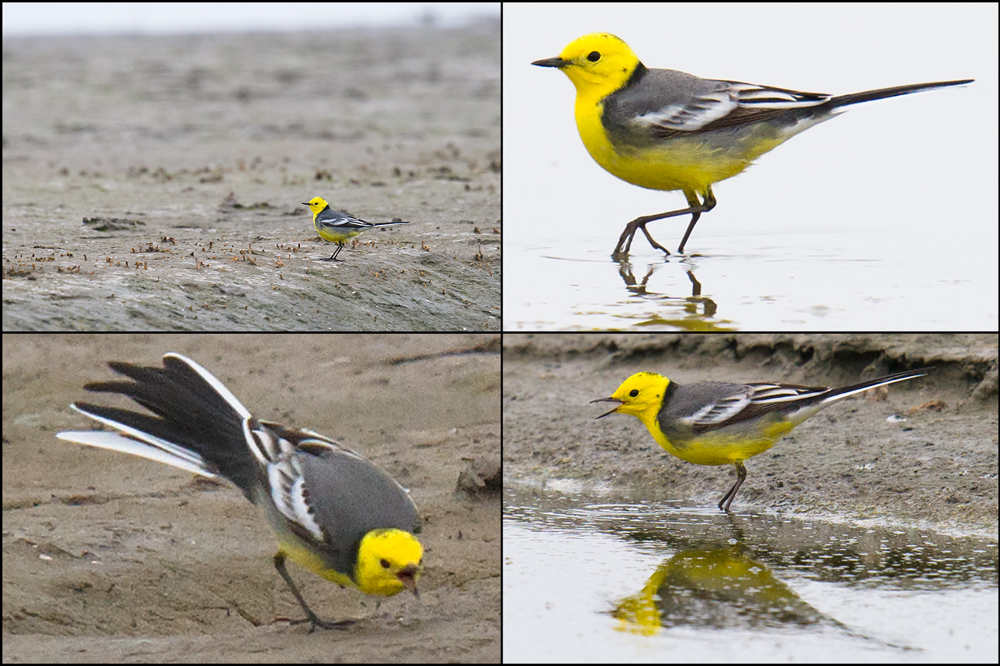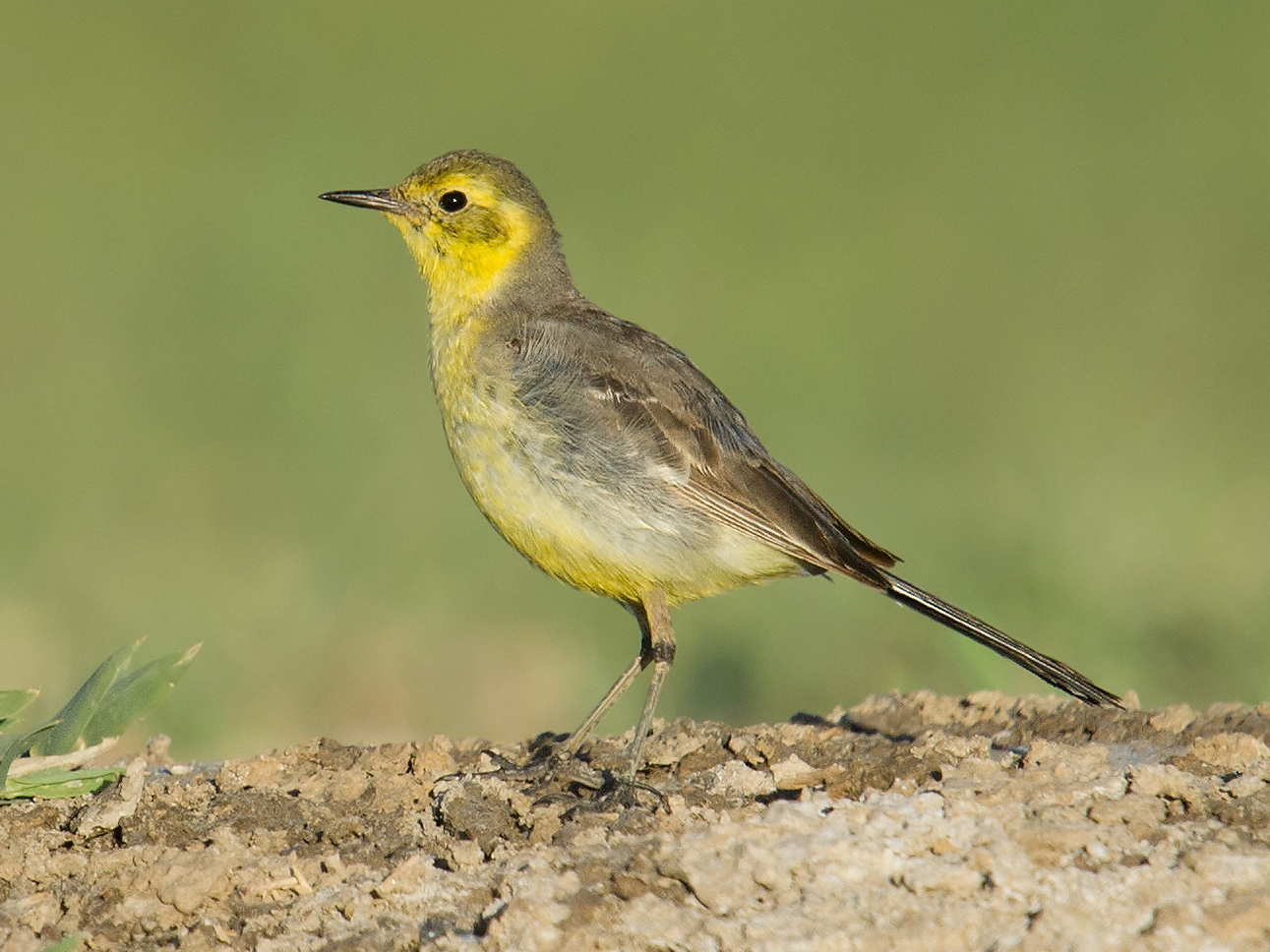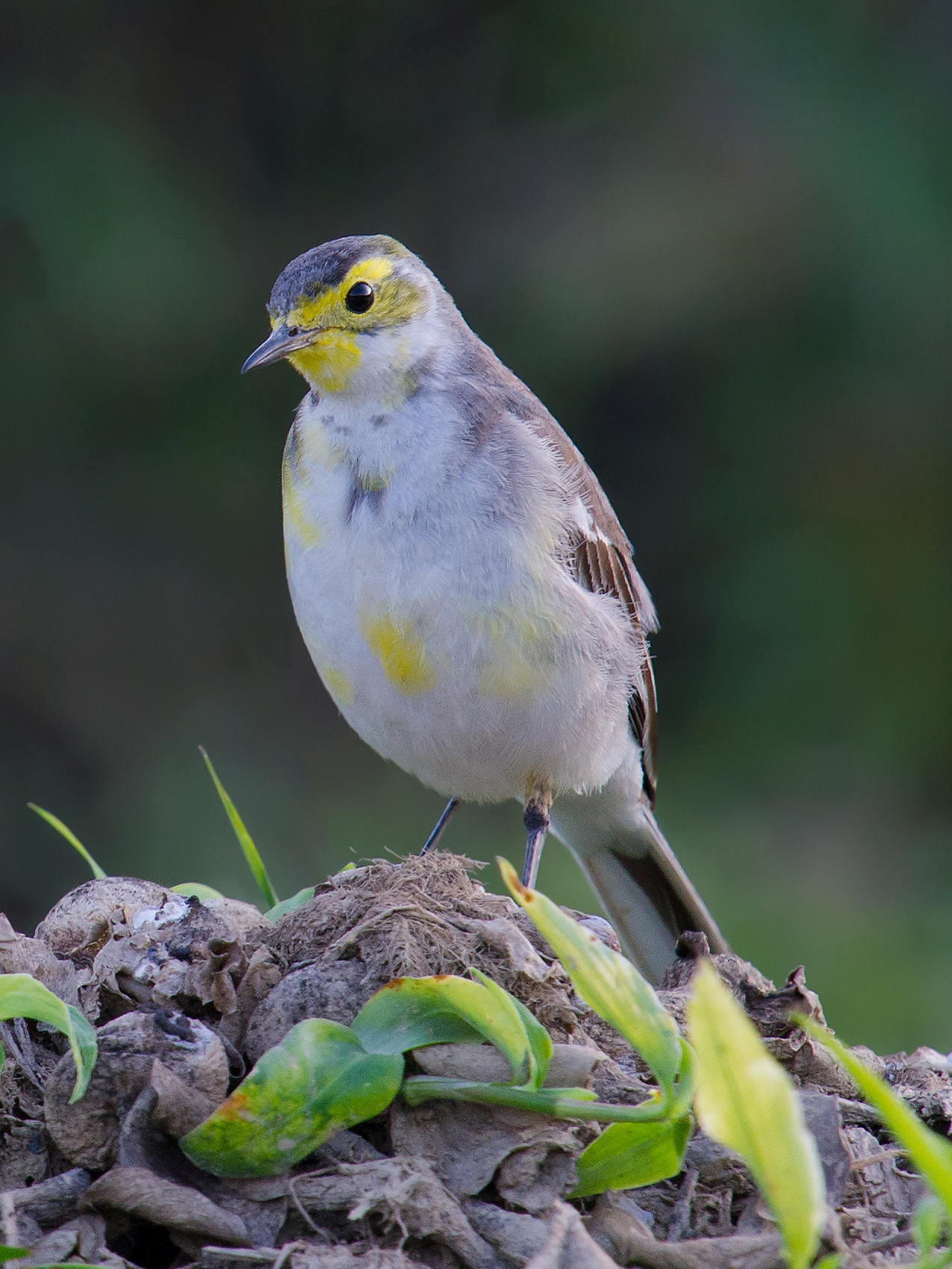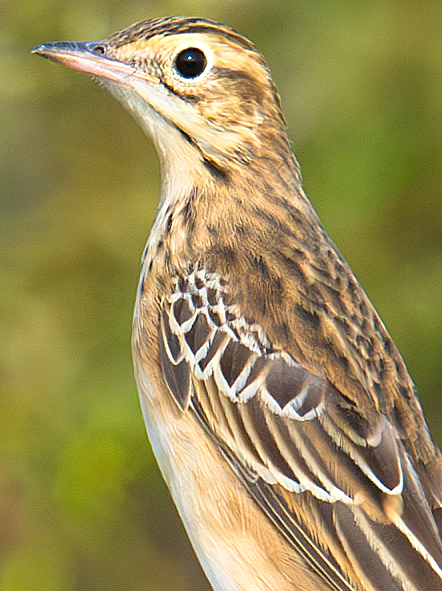


Citrine Wagtail Motacilla citreola ranges northeast Europe to China, with citreola breeding northern Xinjiang and Northeast China and wintering southeast Chinese coast and calcarata breeding from Tianshan in Xinjiang to central Gansu and Sichuan and wintering southeast Tibet and Yunnan. HABITAT Open, moist habitats, particularly damp grasslands. Usually in wetter habitats than Eastern Yellow Wagtail M. tschutschensis. ID & COMPARISON Breeding male unmistakable, with grey or black back strongly contrasting with bright, lemon-yellow head and underparts, grading white toward undertail coverts; flanks grey; long tail black above, outer tail feathers white. Breeding citreola males have black band across rear nape and upper mantle, contrasting with otherwise grey mantle; calcarata has all-black mantle. Has broad white tips to greater and median coverts, forming wingbars; in citreola occasionally (and in calcarata often) wingbars merge to form panel. Breeding female not possible to distinguish by ssp. but is distinct from male, having grey crown and upperparts joining grey flanks at bend of wing and underparts that are brightest yellow on throat and upper breast but steadily grade white toward undertail coverts. Conspicuous yellow supercilium bends downward to meet yellow underparts, completely surrounding greyish-yellow ear coverts. Non-breeding male also has greyish-yellow ear coverts and yellow supercilium, making non-breeding adults difficult to distinguish by sex; but males tend to be yellower, especially on belly. Juvenile has black malars and breast band and first-winter lacks yellow plumage and has white wrap-around supercilium. Both are very similar to corresponding plumage of Eastern Yellow Wagtail and Western Yellow Wagtail M. flava; but supercilium of Yellow Wagtail never wraps around ear coverts, Citrine is greyer above, wing bars broader and whiter, and vent/undertail coverts white (yellow in Yellow Wagtail). BARE PARTS Bill, feet black. VOICE Much like Yellow Wagtail, but harsher and sometimes more varied. Explosive tzreep call and short, simple song consisting of harsh single, double, and triple notes, followed by pauses. — Craig Brelsford
THE PIPITS AND WAGTAILS OF CHINA
shanghaibirding.com has research on all 22 species in the family Motacillidae in China. Click any link:

Forest Wagtail Dendronanthus indicus
Western Yellow Wagtail Motacilla flava
Eastern Yellow Wagtail M. tschutschensis
Citrine Wagtail M. citreola
Grey Wagtail M. cinerea
White Wagtail M. alba
Japanese Wagtail M. grandis
White-browed Wagtail M. maderaspatensis
Richard’s Pipit Anthus richardi
Paddyfield Pipit A. rufulus
Blyth’s Pipit A. godlewskii
Tawny Pipit A. campestris
Meadow Pipit A. pratensis
Tree Pipit A. trivialis
Olive-backed Pipit A. hodgsoni
Pechora Pipit A. gustavi
Rosy Pipit A. roseatus
Red-throated Pipit A. cervinus
Siberian Pipit A. japonicus
American Pipit A. rubescens
Water Pipit A. spinoletta
Upland Pipit A. sylvanus
ACKNOWLEDGEMENTS
Daniel Bengtsson served as chief ornithological consultant for Craig Brelsford’s Photographic Field Guide to the Birds of China, from which this species description is drawn.
